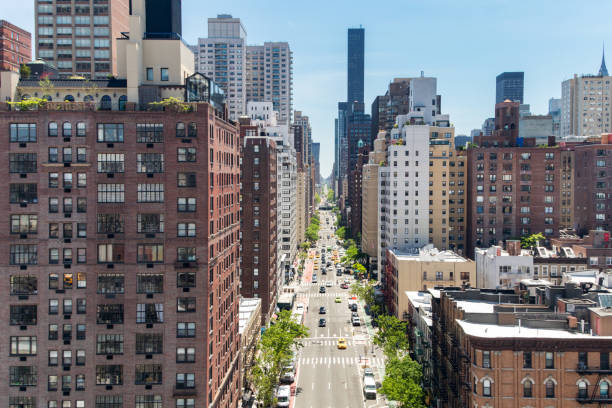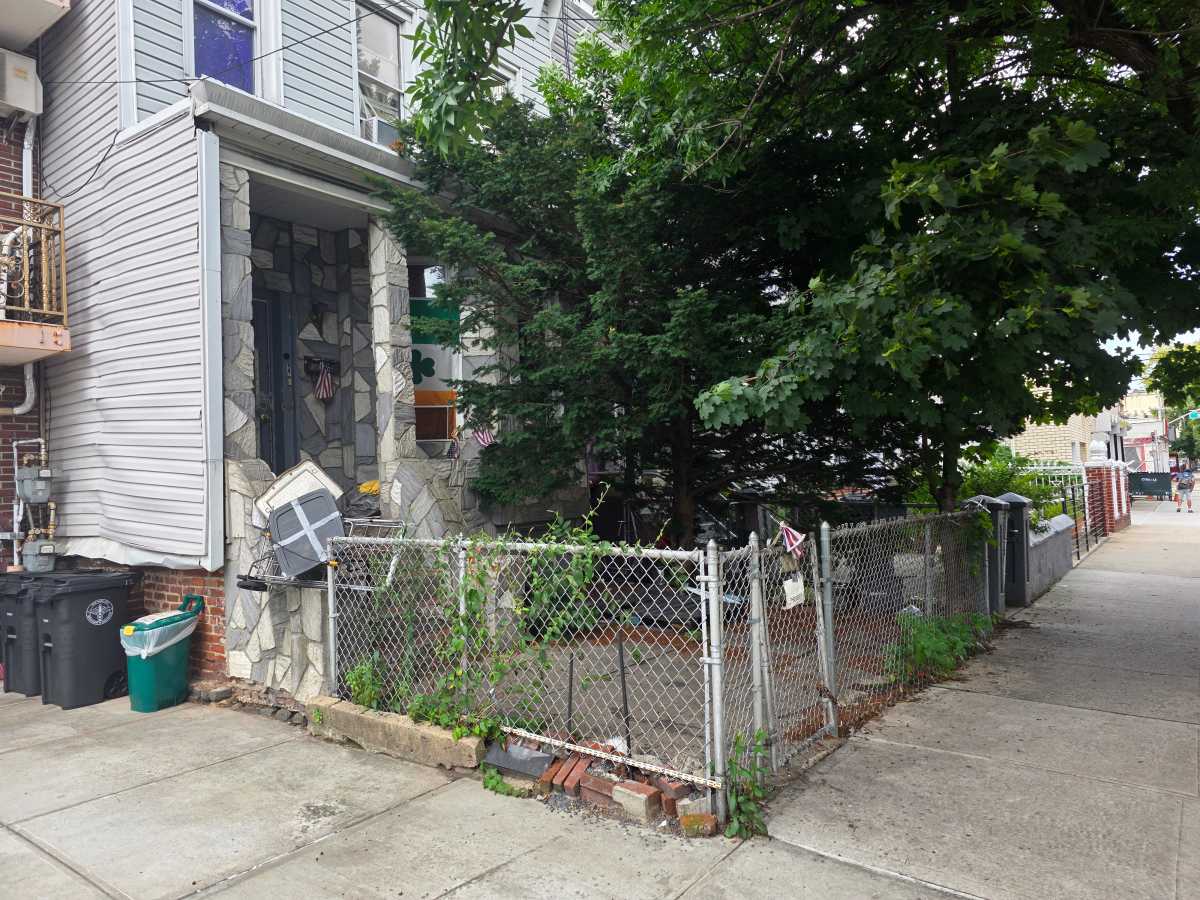Has Downtown redevelopment hit a nasty speed bump? While it hasn’t stalled entirely, it is clear on a number of critical fronts there is a loss of coherence, and of momentum.
The Freedom Tower is not rising from the World Trade Center site as we were told to expect by now. One year after the governor was celebrating Goldman Sachs, decision to build its headquarters on Site 26 across from the site, the deal appears in doubt. The first tower up, Larry Silverstein’s W.T.C. 7, has yet to identify its first significant tenant. Efforts to raise money and build a memorial and museum at the site are behind schedule. Fundraising for the performing arts center at the site that was to be designed by Frank Gehry is even more in doubt.
Money to build Downtown’s first new rail service in over 50 years — a link to J.F.K. Airport and the Long Island Rail Road — remains in limbo. It is our hope that plans to begin building the Santiago Calatrava-designed train center at the W.T.C. this summer remain on schedule, because that project feels like a breath of fresh air in a rather stale memorial/commercial environment.
The complicated and competing morass of bureaucracies including the Port Authority, Lower Manhattan Development Corp., the N.Y.P.D., the Metropolitan Transportation Authority, the offices of the governor and mayor as well as private developer Larry Silverstein are not reading the same book, let alone the same page.
When Mayor Mike Bloomberg has spent time on Downtown issues, his influence has been beneficial, but he has become obsessed with building a West Side stadium and many more millions of square feet of office space that compete with Downtown rebuilding. Pataki has done well in the past pushing the Downtown timeline along, but he too has lost some focus. They need to put the focus back where it belongs — Downtown. They need to get Congress to approve a $2 billion transfer for the rail link and make sure the Calatrava project stays on track.
Taking garbage out of the park plan
Planners of the world’s greatest cities understand that waterfronts are better used to attract people than to park garbage trucks. The state Legislature understood this too when it passed the law creating the Hudson River Park in 1998. The city’s Dept. of Sanitation was supposed to move its trucks off Ganesvoort Peninsula by the end of 2003 under the law. This week, neighborhood groups and local politicians filed a lawsuit to get the city, state and Hudson River Park Trust to finally move the trucks.
It is usually best when public policy is made outside the courtroom, but when government ignores the law, lawsuits are the best route. The solution to the garbage parking problem is not simple, but it is unsolvable until Sanitation tries coming up with real solutions. Instead, the agency has expanded its parking operations on Ganesvoort and wants to stay in the park rent-free until 2012, when it hopes a new facility will be built.
Thus the status quo provides Sanitation with strong incentives to do nothing for years. It’s our hope the judge changes the city’s distorted cost-benefit analysis. Keeping garbage trucks parked in a park is a real cost that should no longer be ignored.
WWW Downtown Express
































